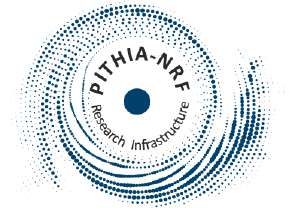Title: Real time detection and characterisation of solar flares from ground-based VLF data
Speakers: Pauline Teysseyre and Carine Briand (LIRA, Observatoire de Paris, Université PSL, Sorbonne Université, Université Paris Cité, CY Cergy Paris Université, CNRS, Meudon, France)
Abstract: A large part of HF absorption is due to the ionospheric D-region (Zawdie, 2017). It is a variable region, responding to increases in the solar X-ray flux during solar flares. Real-time surveillance of the D-region is thus crucial to mitigate the solar flare impact on radio communications. However, continuous in situ monitoring of this region is difficult. Instead, Very Low Frequency (VLF, 15-45 kHz) waves propagating in the Earth-Ionosphere waveguide offer indirect insights on the D-region state.
Here we present methods for real-time analysis of VLF waves. Alerts for solar flares are sent to specified recipients, independently of satellite data. Real-time detection of solar flares relies on an automated algorithm searching for trend breaks in VLF phase data (Guralnik & Srivastava, 1999). Analysis of one year of data from the NRK transmitter shows that 84.5% of M and X flares are detected within one-fourth of their rising time. Solar X-ray flux is then estimated in real-time from VLF phase variations during flares.
In addition, modelling of the propagating VLF waves is achieved from propagation codes such as LMP (Gasdia & Marshall, 2021) or LWPC (Ferguson, 1998). Comparing the modelled amplitude and phase to real-time measurement provides estimates of the electron density profile along each transmitter/receiver path. Future improvements of this package will include estimates of the HF absorption along each path.
Where: Stratus Room, RMI Director’s House
When: November 18, 14:00
Zoom: https://us06web.zoom.us/j/82545067786?pwd=0dMOvzhp8FdLUdVpOizD6YSnjQSZi8.1





